Good Earth, The (1937)
“What good is this land now?”
|
Synopsis: |
|
Genres, Themes, Actors, and Directors:
Review: I’m more impressed by Rainer’s expressive performance than Peary; while her accent is disconcerting (and of course it’s terribly disappointing that Chinese-American actors weren’t assigned to the lead roles), Rainer otherwise fully embodies this put-upon yet resilient female who is ultimately responsible for her family’s success, albeit behind the scenes. In a particularly harsh and haunting scene, Rainer acknowledges that another baby has been born (we hear its cry), but insists to Muni that they are able to travel — and nothing more is seen or heard of this latest child. Muni is occasionally hammy but mostly effective as her husband, who seems like a straight-up fellow until he (predictably) falls for the wiles of a seductive singer (Losch): Perhaps most impactful, however, is the realistic depiction of a family driven to literally eat dirt in order to stave off hunger: These early sequences of gut-wrenching poverty make it easier to understand how and why Communist revolution was seemingly inevitable in China: Karl Freund’s cinematography is noteworthy throughout, and the ending locust swarm sequence is particularly well handled: This adaptation remains worth a look, and should be seen once by all film fanatics simply for Rainer’s performance. Notable Performances, Qualities, and Moments:
Must See? Categories
Links: |
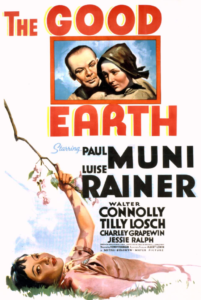
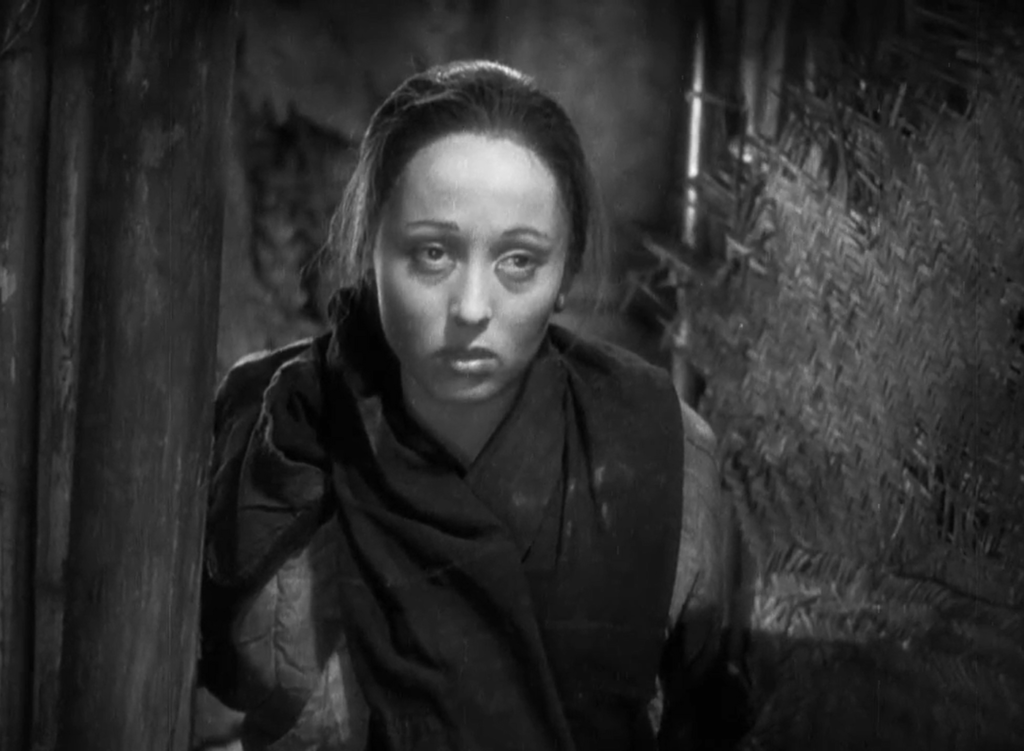

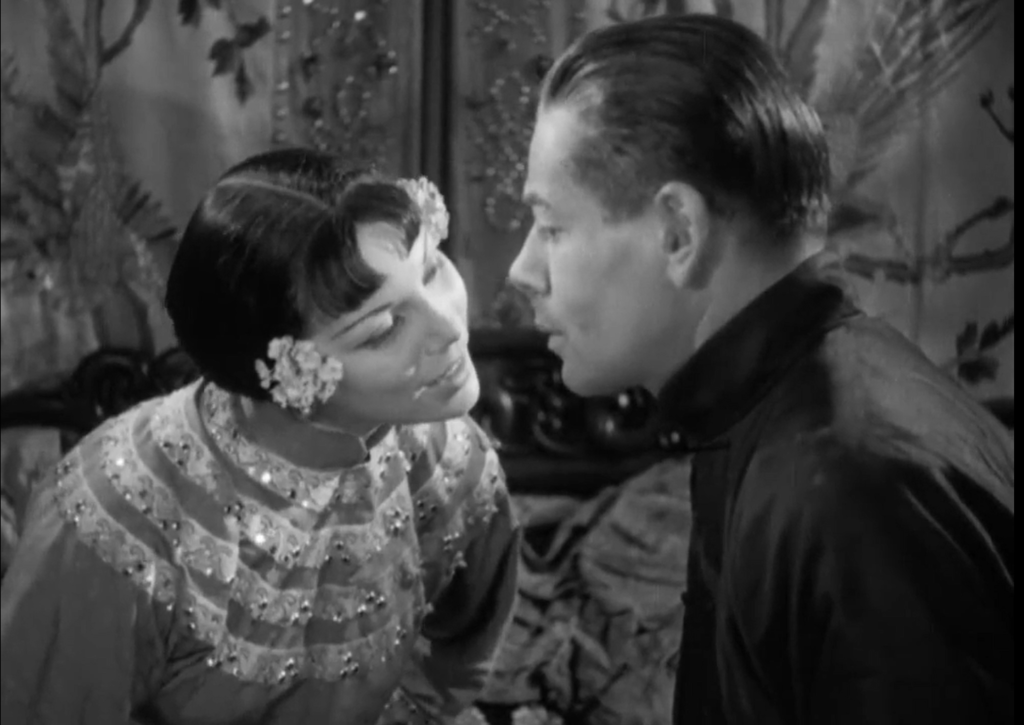


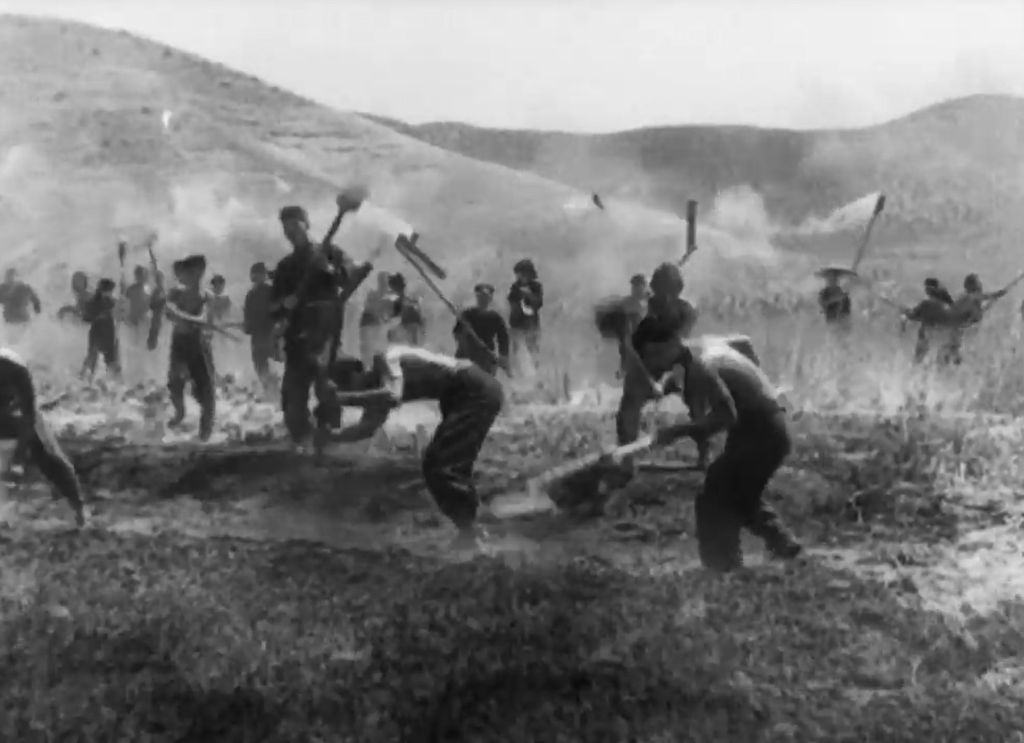
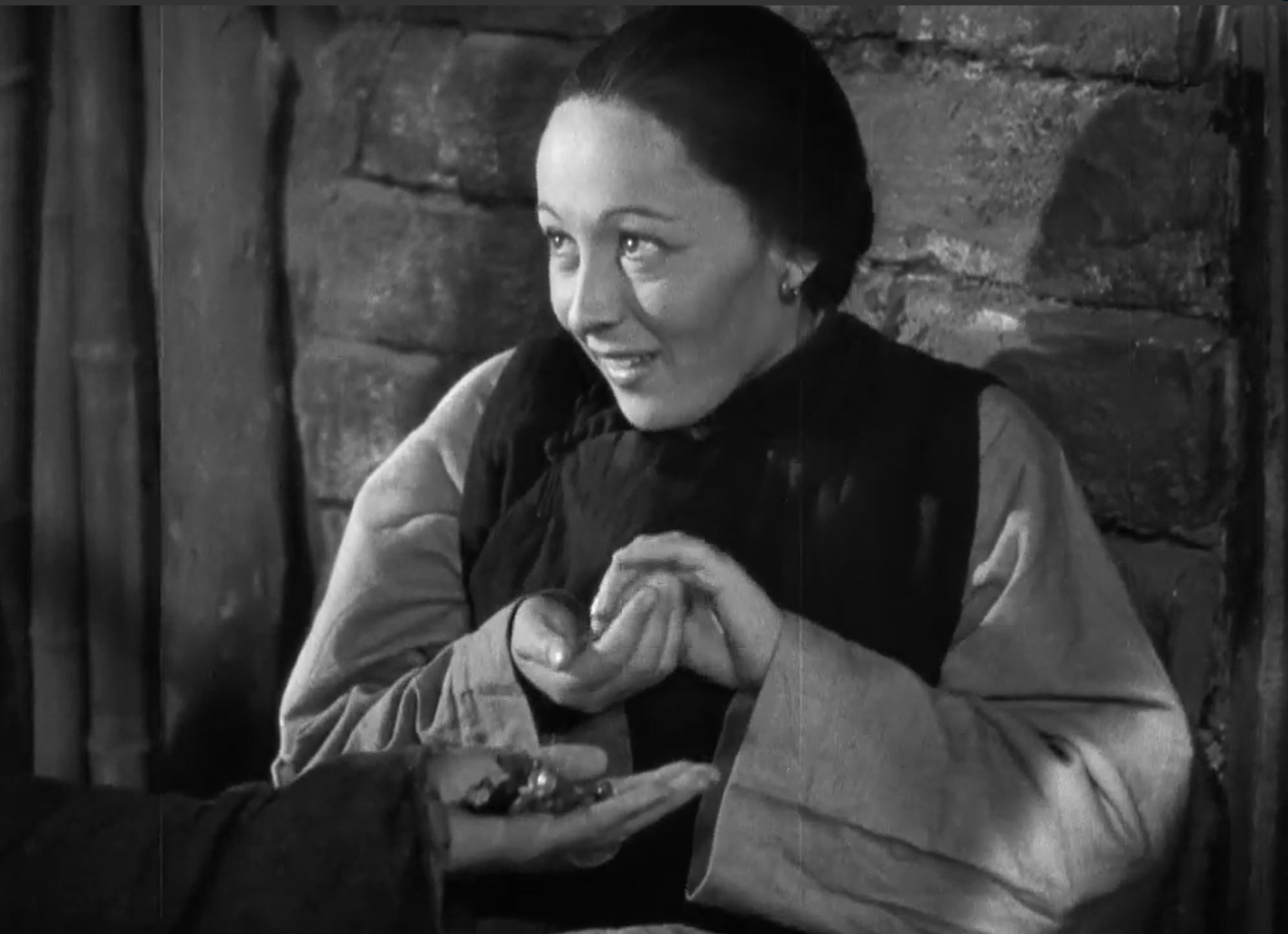
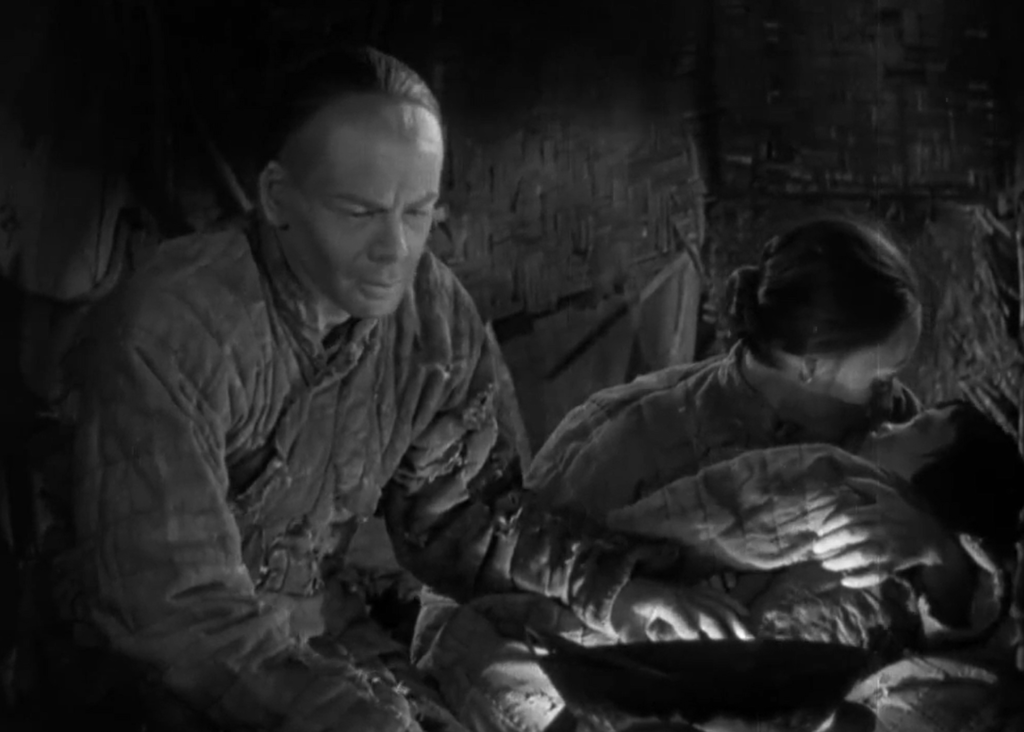

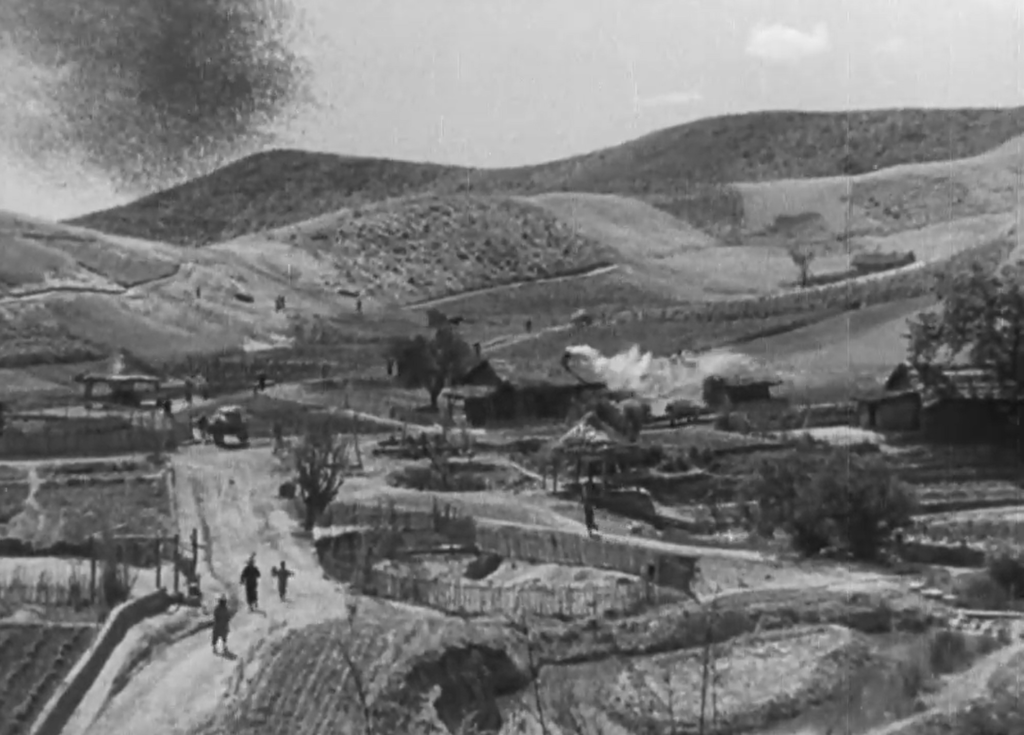
One thought on “Good Earth, The (1937)”
A once-must, for its historical and cultural significance (warts and all).
My thoughts on the film are summed up within my 7/4/21 review of the book:
https://www.goodreads.com/review/show/4092100296